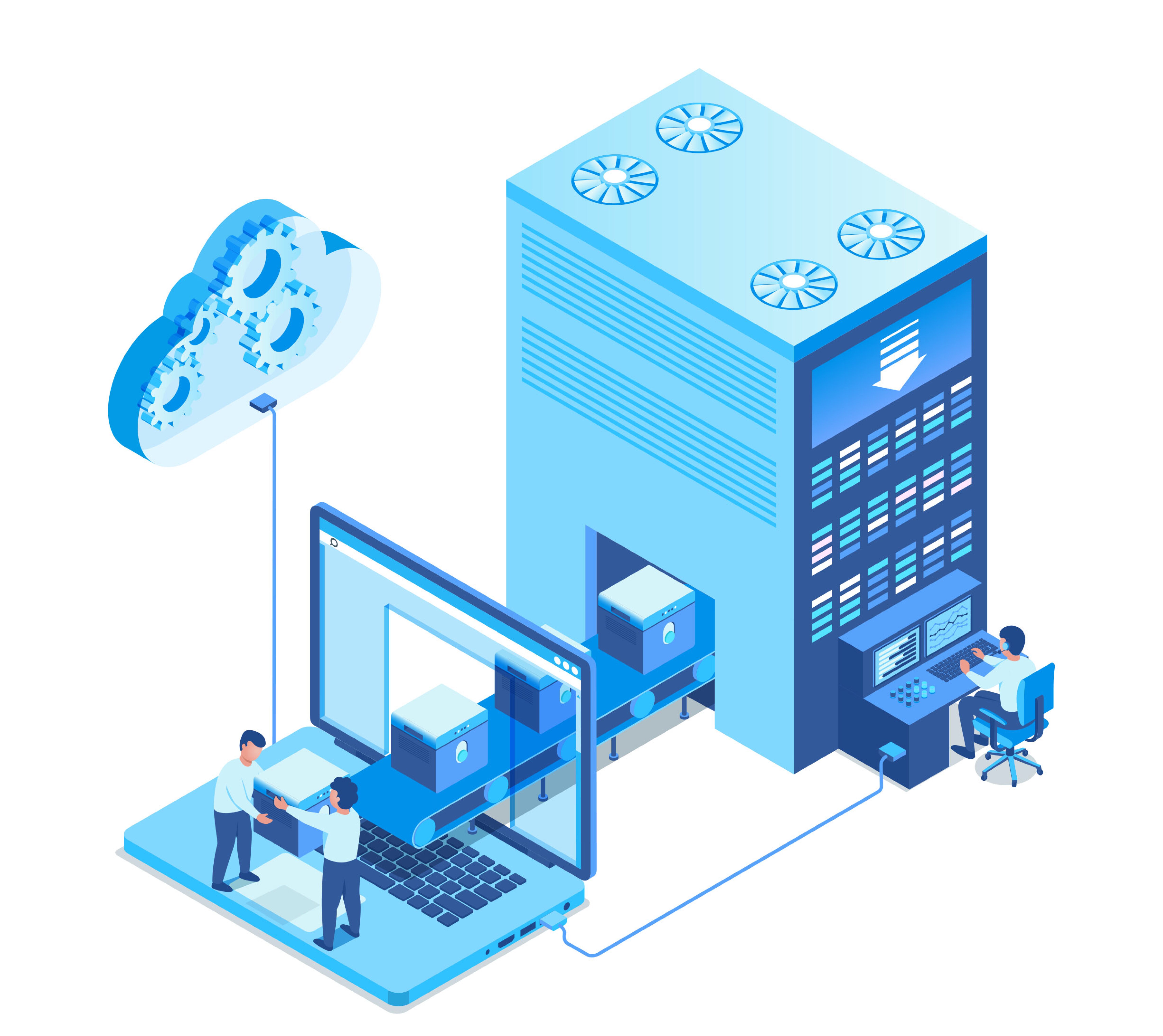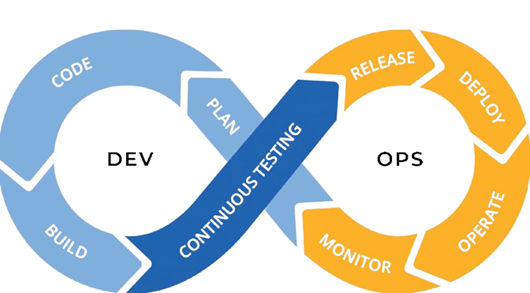How to successfully navigate the opinionated NetDevOps stack
Getting to NetDevOps and network automation is hard – sure, there may be plenty of free tools and resources available, but knowing which tool to use in certain situations can complicate the process. The often-complicated naming conventions of these tools and resources don’t exactly make matters easier. See for yourself whether you can spot the fake tool or protocol among these:
- gNMI
- Batfish
- Parafidgeon
- Pandas
- BaHalmAI
- Nornir
- Flask
- DuncanO
- Suzieq
- Pytest
- Scrapli
- BookPie
- pyATS
- Netmiko
- AutoM8
(Answer: Keep reading to find out!)
Building with Open Source also has its risks – do you want this to be your network automation stack when it’s in production supporting your mission critical, CNI or other network Infrastructure concern?

Opinions, we’ve got a few
At CACI Network Services, we’ve been doing everything from network infrastructure, telco, delivery assurance, cloud and DevOps infrastructure and more for nearly two decades – just enough time to formulate some opinions on what is good, what actually works, and when to use it in your technology stack. Our mission as a trusted advisor is ultimately to benefit your IT network infrastructure to grow greater than the ever-growing sum of our deep network engineering expertise – where we’re increasingly finding the best way of conveying this to be through articulating which technology to use in which aspect of NetDevOps, depending on a client company’s size, maturity, culture and budget.
Enter the “opinionated stack”, or more concisely, one of the below DevOps mobius loops, with some added context on which tool to use, in which situation and why:

Profiling isn’t always a bad thing
To help direct our clients to the right opinionated stack, we’ve found that profiling our customers across the following three dimensions has helped us gain deeper insight into their network operations behaviours:
Size
- Small – <100 nodes (routers, switches, NVAs, firewalls, etc.)
- Medium <1,000 nodes
- Large >1,000 nodes
Maturity
- Nascent – mostly ClickOps, box-by-box, limited or no CI/CD or network automation ecosystem
- Developing – pervasive ClickOps, box-by-box with some or trialling CI/CD or network automation ecosystem
- Practicing – ClickOps by exception, box-by-box in emergency with strong CI/CD and growing NetDevOps ecosystem
Culture
- Engineering-led – organisations that value in-house engineering as a primary driver
- Financial-led – organisations that value minimisation of OpEx as a primary driver
- Risk-led – organisations that value minimisation and risk mitigation as a primary driver
Want a preview of our work for your organisation? Take a look at our IP Fabric Partnership and forthcoming announcements in this space to see how we can help.
Getting answers
We did promise we’d tell you which were the real tools in network automation, so here goes:
- Batfish
- Pandas
- Nornir
- Flask
- Suzieq
- Pytest
- Scrapli
- pyATS
- Netmiko
How CACI Network Services can help
If you’d like to know more about these tools, what they can do for your network infrastructure and how we deploy, operate and maintain them for our clients in finance, defence, government, utilities, media and beyond, get in touch to see how we can help demystify them into actionable insights for your IT network infrastructure estate.